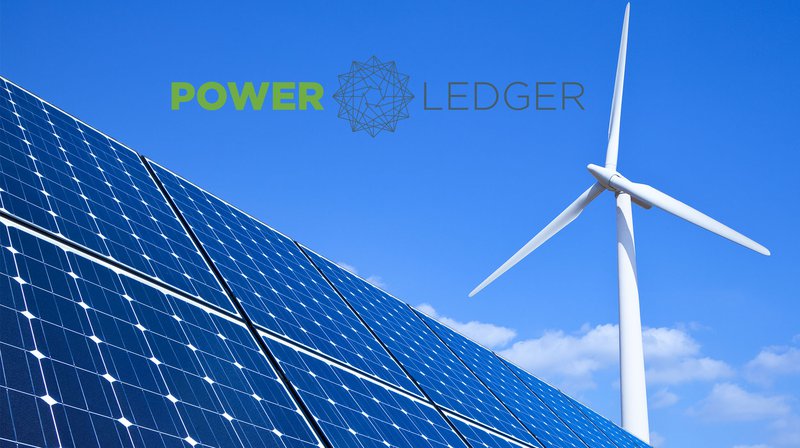India Trials a Power Grid on the Blockchain to Incentivize Sustainable Energy

Access to reliable energy is the foundation of economic development and human society. Yet reliable energy can come at a steep environmental cost.
Today’s energy systems are being rapidly reexamined and transformed by both private businesses and public organizations. Innovation coupled with changing policy and consumer demands has prompted The World Economic Forum’s System Initiative On Shaping the Future of Energy. The WEF noted that four out of five of the Initiative’s goals can be addressed in some way through the application of blockchain technology:
-
Enable innovation to accelerate opportunities towards smarter and more efficient energy use;
-
Enable the cost-effective reduction of energy’s environmental footprint;
-
Enable universal access to affordable reliable energy; and
-
Improve system resilience and security.
One area of application that has been of interest for its utility, efficiency and sustainability is the blockchain application to microgrids.
MaaS in India
Multinational IT provider, Tech Mahindra, and the peer-to-peer based energy trading platform, Power Ledger, have created a new service for clientele specifically interested in microgrids. Microgrids are distributed energy systems that act as a single controllable entity with respect to a larger energy grid network.
A microgrid’s key feature is that it can connect and disconnect from a larger grid network, enabling it to operate both as a part of a larger grid or in “islandmode” as its own grid. The new service offering includes a package of technical services and a platform for customers to set up and operate their own microgrid called “Microgrid-as-a-Service” (MaaS).
The MaaS platform integrates multiple energy assets such as solar, battery storage, electric vehicle chargers and analytics to measure energy efficiency. MaaS is intended to offer resilient and reliable electricity that is also local and less carbon reliant.
While the MaaS product provides technical control over a microgrid, Power Ledger’s blockchain-based platform acts as an added transactional layer that reimburses users for excess clean energy produced by allowing peers to store and trade it at a local level. The blockchain also manages all energy debits and credits of accounts, automates trading and measures each participant’s ongoing financial statements. The blockchain does this by tracking the data flow from smart electricity meters — an Internet of Things application for the energy sector.
The Power Ledger blockchain-based software platform will begin in late 2017 as a virtual trial run on those Tech Mahindra campuses in India that are already hooked up to microgrids.
Location proves to be a key factor for the project’s success based on two reasons. Data from urban microgrids are typically more complex due to population density; they can, therefore, better demonstrate the strengths of using a blockchain-based platform for microgrids. Also, urban microgrids are much more common in India as opposed to OCED countries where they are mostly employed in rural settings.
“Trialing in India is a major opportunity to change the way communities source the energy required to take part in a modern global economy,” said Power Ledger’s Managing Director, David Martin.
An Economic Environment Ready for Disruption
The fact that India’s economy has been declining since the beginning of 2017 enhances the project’s case for using a blockchain to improve the country’s bottom line. In the first six months of 2017, the country’s gross domestic product fell from 7 percent to 5.7 percent. This may be due in part to reform efforts by Prime Minister Narendra Modi in the last year.
In June, Modi announced a complete overhaul of India’s tax system. Back in November 2016, he banned the 500 rupee ($7.50) and 1,000 rupee ($15) paper notes, calling them “worthless pieces of paper,” as a way to limit fraud and corruption. These banned notes were said to make up about 86 percent of all cash in circulation, according to CNN Money.
Opportunities for digitization using blockchain technology, and especially for cryptocurrencies like bitcoin, are a much needed alternative to several of their systems that do not already have effective nodes of trust built in.
Power Ledger has already proved that its platform can work for both homeowners and businesses. In Busselton, Australia, their peer-to-peer trial showed households can save about $470 ($600 AUD) per year on electricity bills. The forward vision for using blockchain-based platforms to trade energy within microgrids is to enable building owners, campuses, and even “smart cities” and other communities to produce and manage their own affordable electricity and then trade any excess generation.
The post India Trials a Power Grid on the Blockchain to Incentivize Sustainable Energy appeared first on Bitcoin Magazine.


